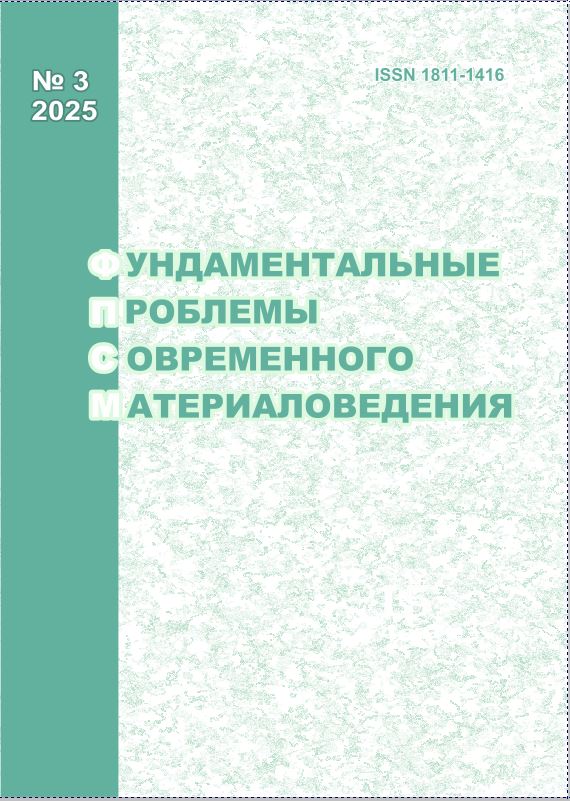THE USE OF SUPERPLASTIC FILLINGS IN SOLID-PHASE WELDING TECHNOLOGY
10.25712/ASTU.1811-1416.2025.03.009
Keywords:
titanium alloys, superplastic interlayer, structure, solid phase weldingAbstract
The highest efficiency of using superplasticity in solid-phase welding technology is determined by the possibility of its implementation in the welded zone. It is most rational that the superplastic deformation should not be subjected to the welded workpieces themselves, but what is more technologically advanced if it is limited in a narrow-connected zone. This possibility of controlling the locality of the superplastic deformation is possible if in-termediate superplastic interlayers are used between the workpieces to be connected. The results of experimental work on solid-phase welding of blanks made of industrial titanium alloy VT6 using fine-grained and ultrafine-grained interlayers made of titanium alloys of different names are considered. The use of fine-grained interlayers makes it possible to successfully weld coarse-grained blanks that are incapable of superplastic deformation in the traditional joint venture mode. When using nanostructured or ultrafine-grained interlayers, it becomes possible to successfully weld fine-grained and coarse-grained workpieces in temperature conditions of both traditional and low-temperature superplasticity. Solid-phase welding of heat-resistant nickel alloys through a superplastic interlayer seems promising. In this case, along with achieving high quality of the welded joint, the technologically complex problem of preparing an ultrafine-grained structure in large-sized workpieces is avoided.











 Journal «Fundamental’nye problemy sovremennogo materialovedenia / Basic Problems of Material Science»
Journal «Fundamental’nye problemy sovremennogo materialovedenia / Basic Problems of Material Science» This work is licensed under a
This work is licensed under a 
